Mastering Blockchain. A deep dive into distributed ledgers, consensus protocols, smart contracts, DApps, cryptocurrencies, Ethereum, and more - Third Edition Imran Bashir
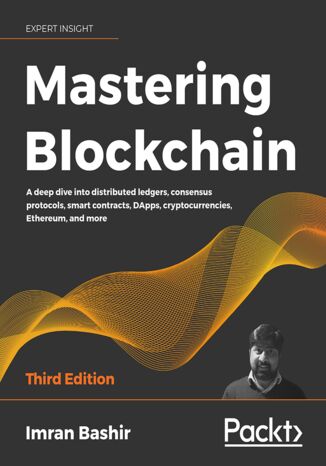



- Autor:
- Imran Bashir
- Wydawnictwo:
- Packt Publishing
- Ocena:
- Stron:
- 816
- Dostępne formaty:
-
PDFePubMobi
Opis
książki
:
Mastering Blockchain. A deep dive into distributed ledgers, consensus protocols, smart contracts, DApps, cryptocurrencies, Ethereum, and more - Third Edition
This book covers the basics, including blockchain’s technical underpinnings, cryptography and consensus protocols. It also provides you with expert knowledge on decentralization, decentralized application development on Ethereum, Bitcoin, alternative coins, smart contracts, alternative blockchains, and Hyperledger.
Further, you will explore blockchain solutions beyond cryptocurrencies such as the Internet of Things with blockchain, enterprise blockchains, tokenization using blockchain, and consider the future scope of this fascinating and disruptive technology.
By the end of this book, you will have gained a thorough comprehension of the various facets of blockchain and understand their potential in diverse real-world scenarios.
Wybrane bestsellery
Imran Bashir - pozostałe książki
Packt Publishing - inne książki
Dzięki opcji "Druk na żądanie" do sprzedaży wracają tytuły Grupy Helion, które cieszyły sie dużym zainteresowaniem, a których nakład został wyprzedany.
Dla naszych Czytelników wydrukowaliśmy dodatkową pulę egzemplarzy w technice druku cyfrowego.
Co powinieneś wiedzieć o usłudze "Druk na żądanie":
- usługa obejmuje tylko widoczną poniżej listę tytułów, którą na bieżąco aktualizujemy;
- cena książki może być wyższa od początkowej ceny detalicznej, co jest spowodowane kosztami druku cyfrowego (wyższymi niż koszty tradycyjnego druku offsetowego). Obowiązująca cena jest zawsze podawana na stronie WWW książki;
- zawartość książki wraz z dodatkami (płyta CD, DVD) odpowiada jej pierwotnemu wydaniu i jest w pełni komplementarna;
- usługa nie obejmuje książek w kolorze.
Masz pytanie o konkretny tytuł? Napisz do nas: sklep@helion.pl
Książka drukowana



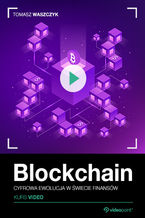
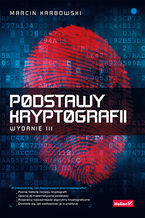
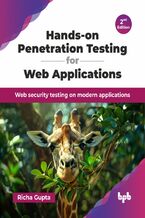

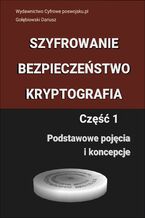
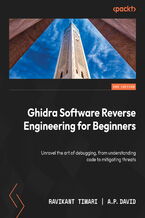
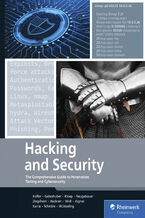
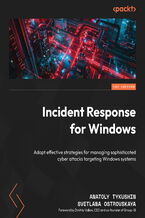

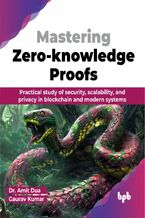

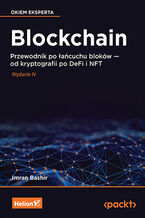
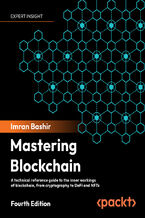
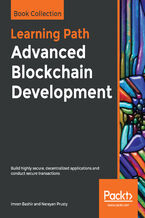
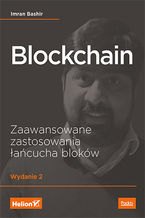
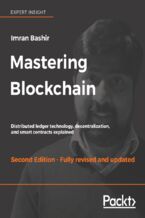
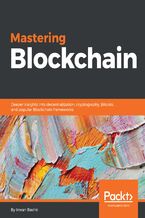





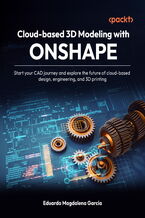


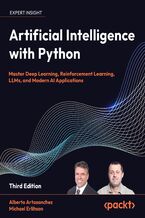
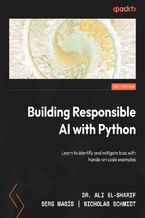

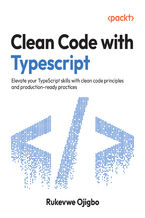

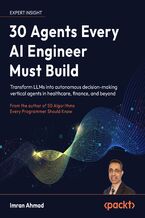



Oceny i opinie klientów: Mastering Blockchain. A deep dive into distributed ledgers, consensus protocols, smart contracts, DApps, cryptocurrencies, Ethereum, and more - Third Edition Imran Bashir
(0)